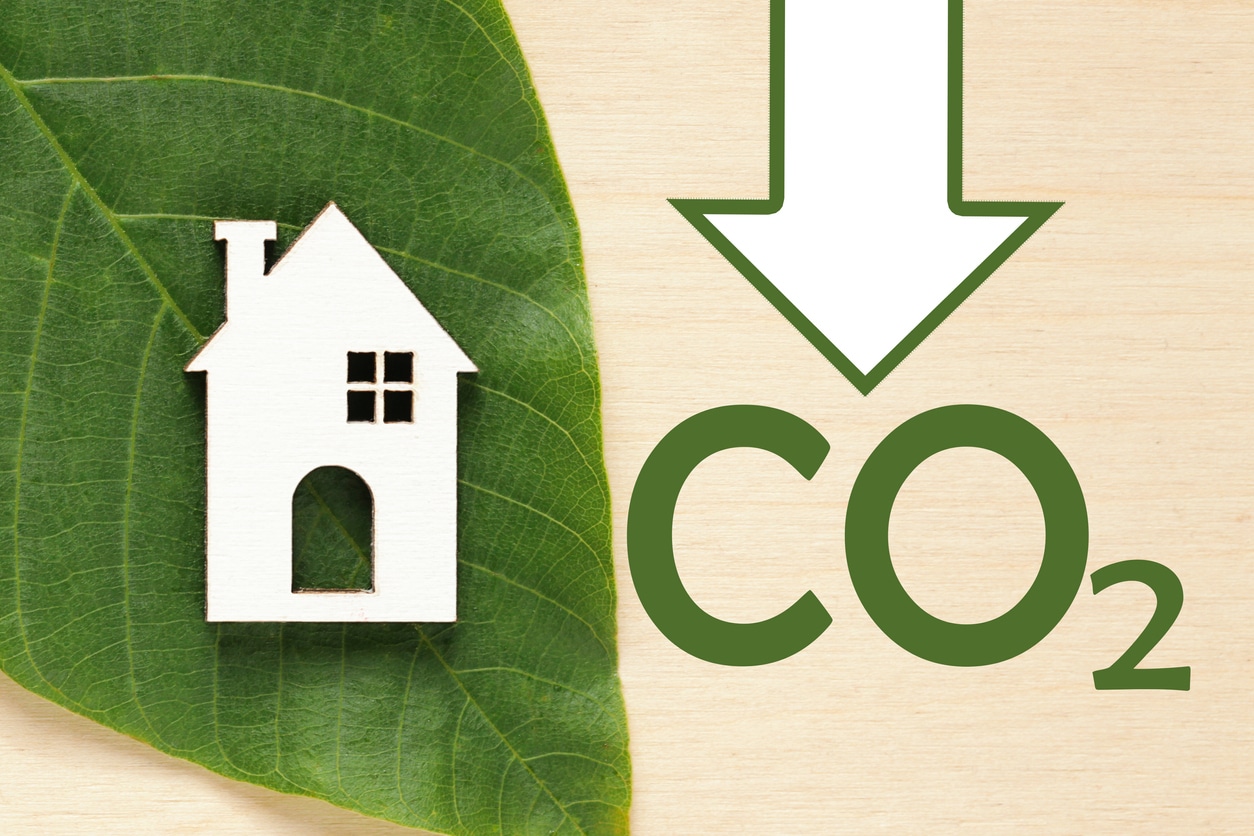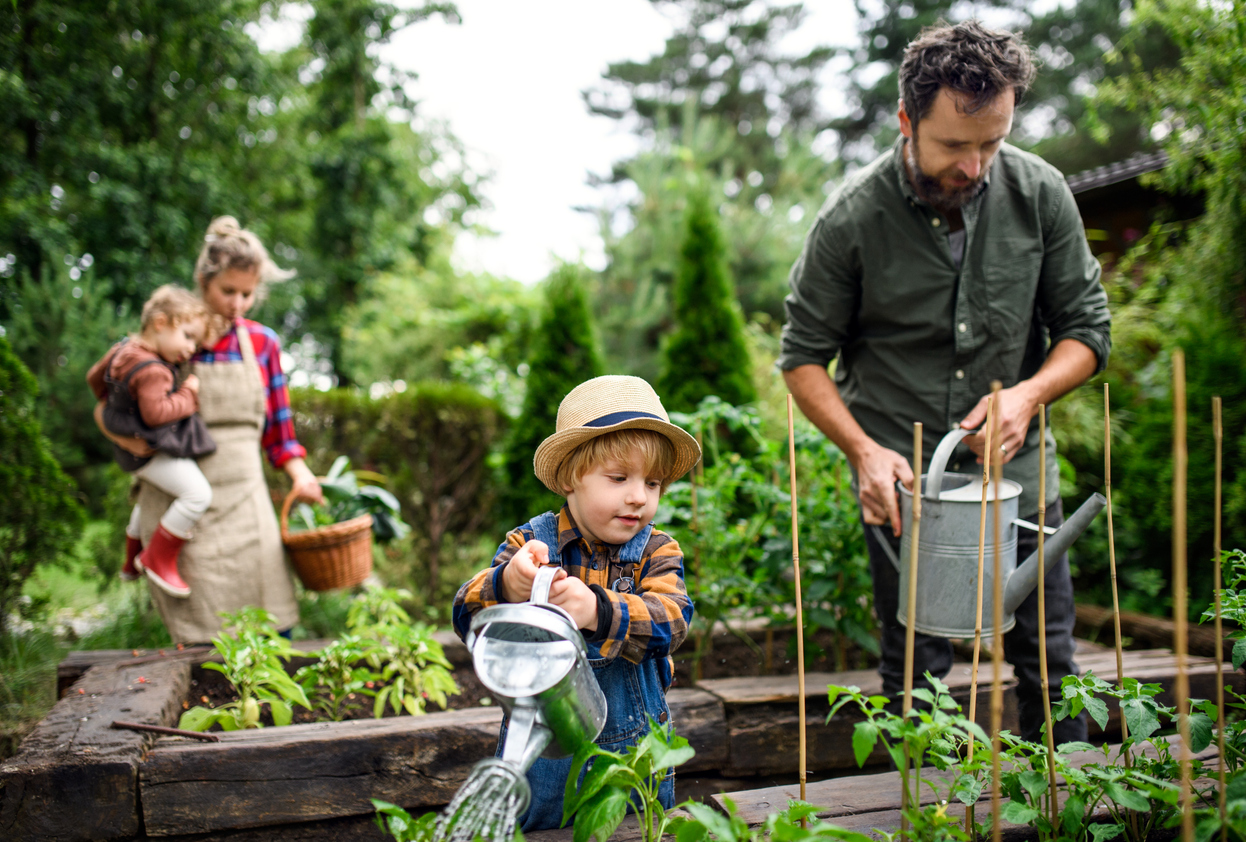
10 Tips for Creating a Low-Emission Home
If you want to help the environment, creating a low-emission home can save energy, reduce pollution and create healthier living spaces. It’s a small, but impactful, step toward a more sustainable future.
1. Invest in Energy-Efficient Appliances
ENERGY STAR appliances save energy and money — $35 billion per year, to be exact. Products like LED bulbs, smart thermostats and other energy-efficient appliances reduce power usage and bills. It’s a win for the environment and your wallet.
2. Switch to Sustainable Building Materials
Opt for eco-friendly materials, like bamboo or reclaimed wood, when building or renovating. Bamboo’s rapid growth makes it a sustainable choice, reducing the need for deforestation. Its strength and versatility make it ideal for various construction projects. Reclaimed wood also reduces the need for deforestation and extends the life of previously used wood.
3. Opt for Renewable Energy Sources
With about 3.2 million houses in the United States already equipped with solar panels, it’s evident people are open to harnessing clean energy.
Solar power reduces your environmental footprint and helps you cut back on your electric bills. Plus, you can earn credits by selling surplus energy back to the grid.
You can also consider options like:
- Wind power: Set up a wind turbine in your backyard. As the wind spins the blade, it generates electricity to power your home.
- Geothermal systems: A geothermal heat pump utilizes the stable temperature beneath the Earth’s surface to heat or cool your living space.
Any of these options contribute to a greener planet, empowering you to make a positive difference while reaping the rewards.
4. Preserve Water
Americans spend over $400 per month on everyday essentials like energy, water, gas and more. You can lower these costs and save water by using faucets and fixtures designed to limit water flow.
For the garden, collect rainwater from your roof and use it to water plants. These simple steps help reduce water waste and promote a more eco-friendly lifestyle.
5. Choose Sustainable Landscaping
Create an eco-friendly outdoor space by choosing native plants — they require less water and care. You can also try composting to improve soil health, without using chemical fertilizers. Going green in your landscaping creates a sustainable outdoor space.
6. Invest in Efficient Heating and Cooling
Improve your home’s heating and cooling efficiency by choosing energy-efficient HVAC systems. You can manage temperatures precisely with programmable thermostats, like programming it to turn off while you’re at work.
Keep an eye on indoor humidity using a gauge, aiming for 30% to 50%. Excessive moisture can impact your HVAC system’s efficiency, affecting your comfort. Additionally, you’ll want to ensure your home is well-insulated to reduce the need for excessive heating and cooling.
7. Use Eco-Friendly Cleaning Products
Make your cleaning routine eco-friendly by switching to environmentally friendly products. Choose cleaning items that steer clear of explicit or harmful chemicals and toxins. Here are some examples:
- Beeswax: Create a natural furniture polish for a glossy finish.
- Lemon: With natural antibacterial properties, it leaves a fresh scent.
- Baking soda: It’s ideal for scrubbing surfaces and neutralizing odors.
8. Switch to LED Lights
LEDs use significantly less energy than traditional bulbs, translating to a longer life span — around 25 times longer and consuming about 75% less energy. This means fewer trips to the store for replacements and substantially reduced electricity bills over time.
9. Reduce, Reuse, Recycle
Take advantage of local recycling programs, like curbside pickup or designated drop-off points. Adopt the three R’s for a more eco-friendly lifestyle:
- Reduce: Cut down on single-use items like plastic bags and water bottles. Buy products with minimal packaging to reduce waste.
- Reuse: Instead of discarding items, consider donating or repurposing them. Use reusable shopping bags, water bottles and containers to minimize disposable items.
- Recycle: Recycle paper, cardboard, glass and plastic. Many electronic devices can be recycled, too — find local e-waste disposal options.
By incorporating these practices into your daily life, you contribute to a sustainable future and help minimize your ecological impact.
10. Use Less Paper
A great way to be more eco-friendly is to use less paper by going digital. Instead of printing out documents, consider sharing them electronically via email or digital platforms.
Choose e-books over physical copies for reading and opt for online statements and billing to reduce the need for paper. This saves trees and reduces the energy and resources needed for making paper.
Reducing At-Home emissions
Focusing on reducing your emissions at home is essential for a greener and more eco-friendly lifestyle. Every small change adds up, leading to a more environmentally responsible way of living.



Post a comment